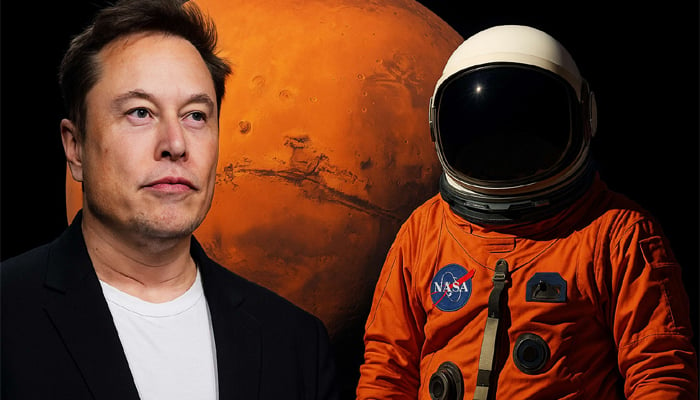
Elon Musk's SpaceX and NASA are reportedly striving to send humans to Mars, but the journey has experienced several challenges.
The tech billionaire plans to send humans to Mars as early as 2029 with his aerospace company SpaceX, while NASA is currently targeting the 2040s, calling it an "audacious" goal.
China aims to establish an autonomous Mars research station
China is also aiming to build an autonomous Mars research station by 2038.
Musk believes becoming a multi-planetary species will protect against challenges on Earth, including climate change, nuclear warfare, and more.
On the other hand, scientists are intrigued by Mars for its potential to unlock important revelations regarding life in the universe.
That said, landing humans on Mars poses technical issues like ensuring safe landing procedures, creating cutting-edge propulsion systems, and saving astronauts from Mars' harsh radiation environment.
Moreover, life support systems function dependably, offering continuous access to essentials.
It is pertinent to mention, NASA’s approach to Mars exploration is more deliberate, prioritising in-depth analysis.
The company underscores the significance of establishing a sustainable presence on Mars, focusing on mission reliability.
As SpaceX and NASA continue to break new ground in space exploration, their pioneering efforts will shape the future of human space travel.
















